Russell T Davies was responsible for bringing Doctor Who back to our TV screens after a 16 year absence and, in many ways, could be considered one of the most important writers in the Whoniverse. Here’s a quick guide to every episode he has written…
Rose (2005)
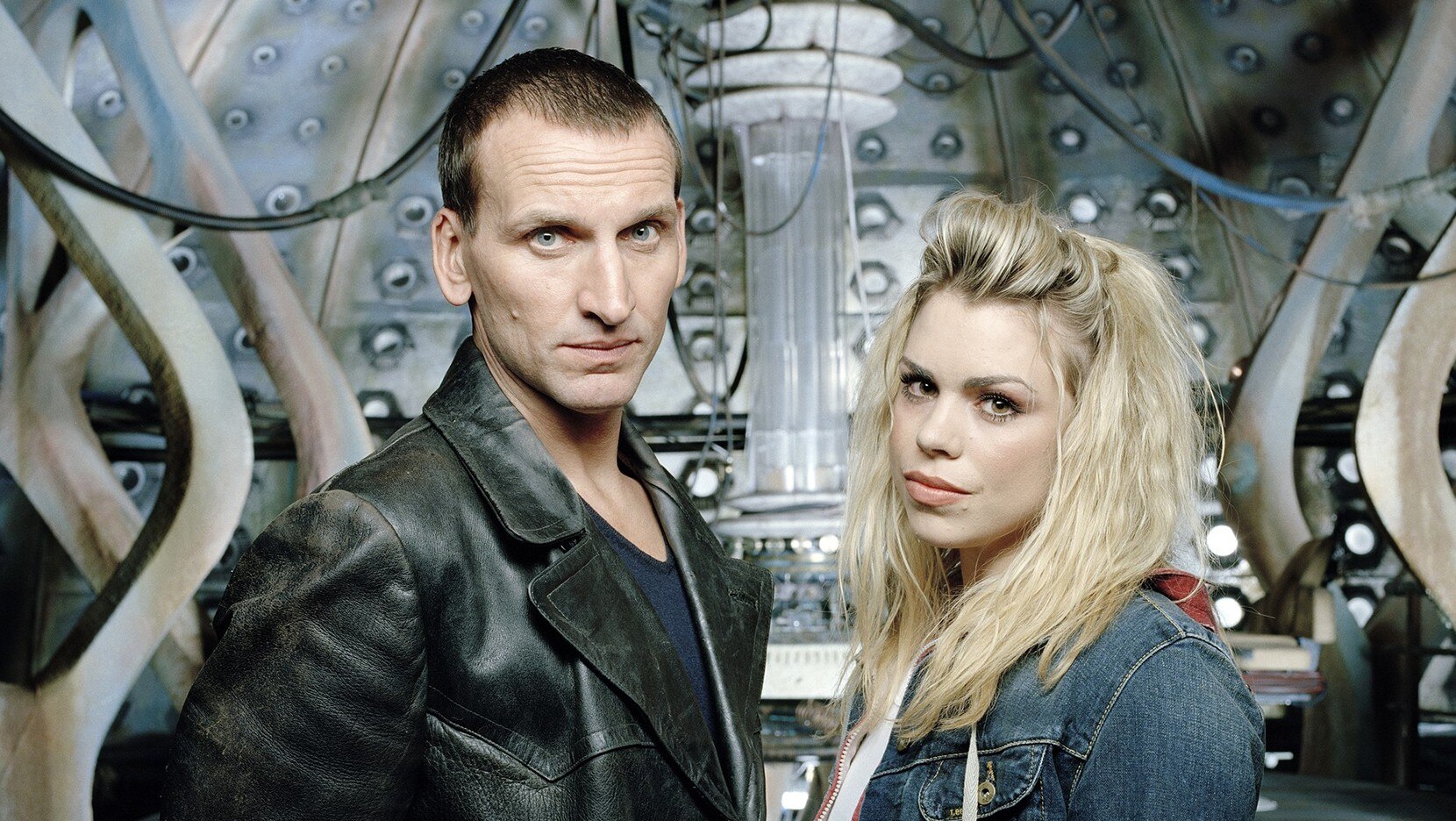
The episode that launched a brand new era! This fast-paced adventure introduced the Ninth Doctor, Rose, and saw the return of the Time Lord’s old enemies the Autons and the deadly Nestene Consciousness.
The End of the World (2005)
This was the Doctor and Rose’s first proper trip in the TARDIS, in which they witnessed the death of planet Earth from a space station in the year 5 billion. It guest starred Zoë Wanamaker as Cassandra, who gave a wonderfully ‘flat’ performance…
Aliens of London / World War Three (2005)
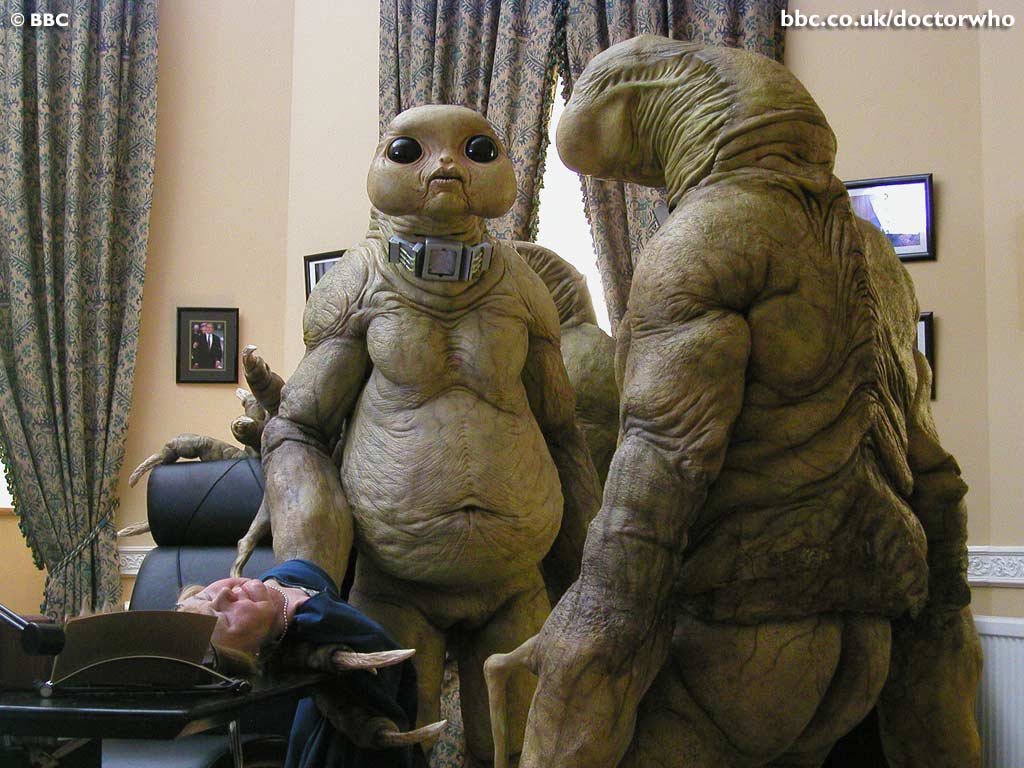
UNIT returned to the Whoniverse in full force for Russell T Davies’ first two-part Doctor Who story, which featured the first cliffhanger of the new era. It was also the first (and so far the last) Doctor Who adventure to use farting as a major plot device. The winds of change were certainly in the air…
The Long Game (2005)
In Russell T Davies’ next ‘futuristic’ story, the Doctor, Rose and new (temporary) companion Adam found themselves on Satellite Five battling the Mighty Jagrafess of the Holy Hadrojassic Maxarodenfoe, or Max if you prefer. It also guest starred the wonderful Simon Pegg.
Boom Town (2005)
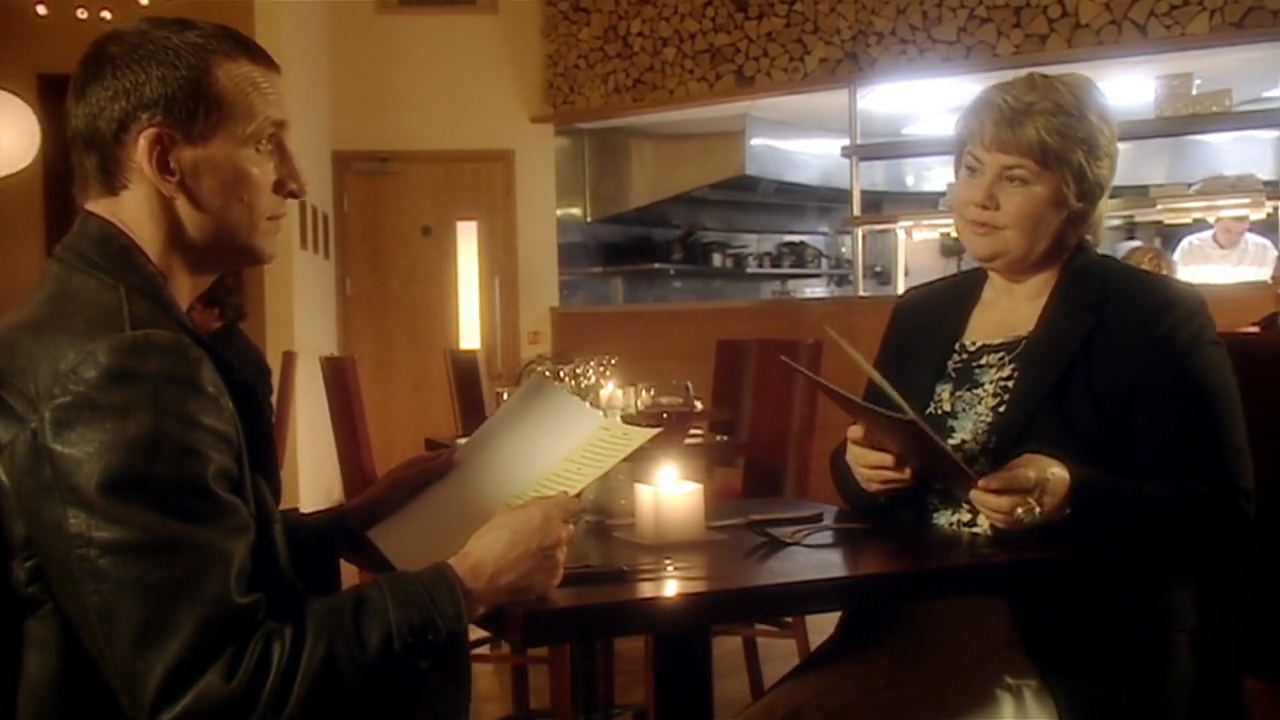
In some ways, ‘Boom Town’ was the precursor to the Torchwood spin-off series which would begin a year later. This ‘bottle’ episode showed off the Welsh capital Cardiff in all its glory, and the return of an old enemy…
Bad Wolf / The Parting of the Ways (2005)
This was the epic Series One finale, and it’s fair to say that Russell T Davies pulled out all the stops. This inventive and fast-paced adventure wrapped up the intriguing ‘bad wolf’ plot arc and saw the return of the Doctor’s deadliest enemies the Daleks. It was also the last to feature Christopher Eccleston as the Ninth Doctor, who regenerated at its conclusion.
The Christmas Invasion (2005)
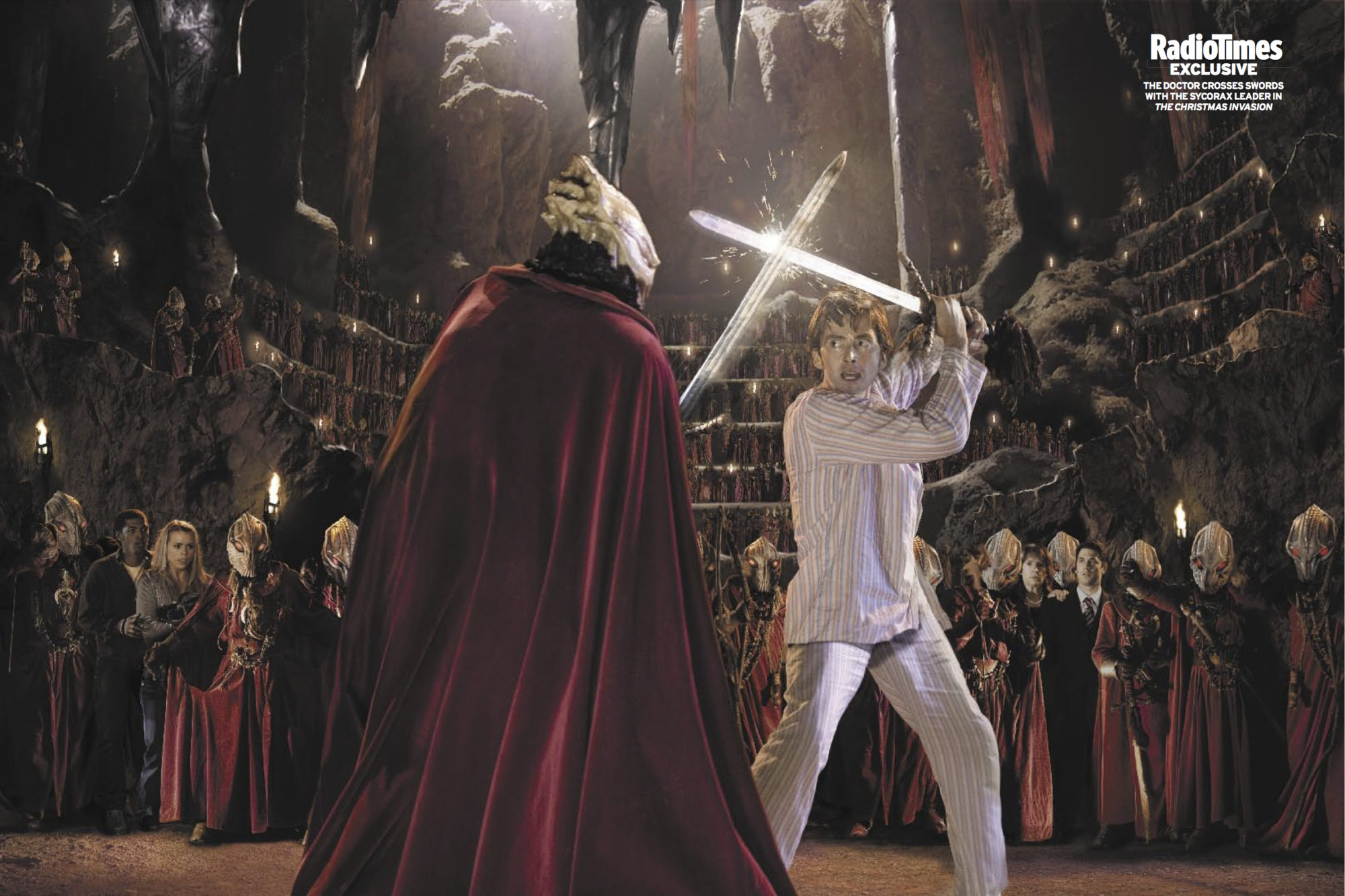
This was Doctor Who‘s first ever Christmas special – something which would become a staple of festive television for the next 12 years. In this adventure, Russell T Davies presented us with killer Santas, killer Christmas trees, an army of Sycorax, a new Time Lord in the shape of David Tennant, and an original Christmas song by Murray Gold.
New Earth (2006)
This was the first story of Series Two, and saw the return of Cassandra from ‘The End of the World.’ It was arguably more of a comedy than an SF affair, but it was a fun and energetic start to the Tenth Doctor’s first season.
Tooth and Claw (2006)
In what may have been Doctor Who‘s first ever werewolf adventure, the Doctor and Rose encountered Queen Victoria in the Scottish Highlands. This episode was notable for setting up the Torchwood spin-off series, which would debut later in the year.
Love & Monsters (2006)
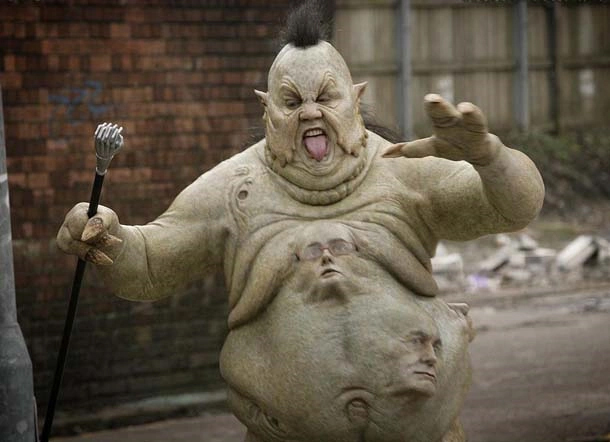
Russell T Davies delivered another comedic adventure with ‘Love & Monsters,’ in the first of what became known as the ‘Doctor-lite‘ stories. This unusual tale guest starred Peter Kay as the Abzorbaloff, which had been designed by a Blue Peter competition winner.
Army of Ghosts / Doomsday (2006)
In this Series Two finale, the Cybermen finally met the Daleks on screen, and Rose and the Doctor were separated forever.
The Runaway Bride (2006)
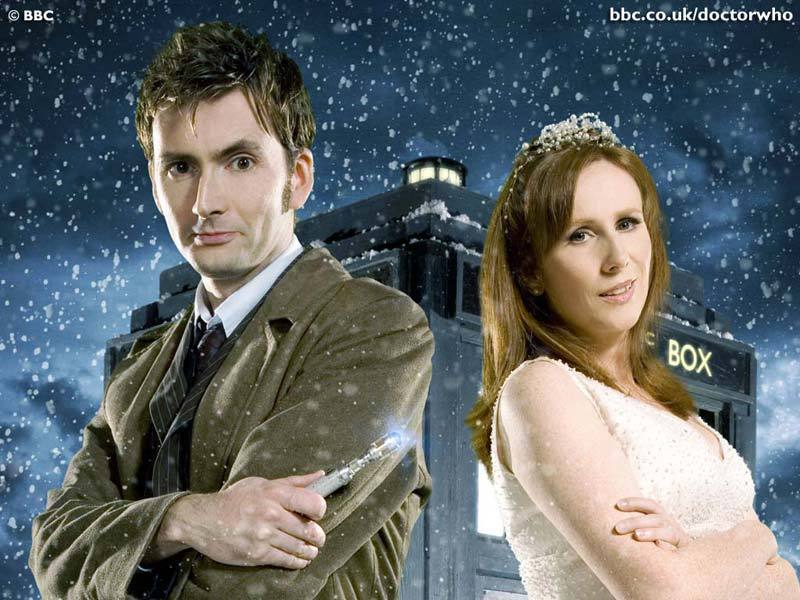
In Russell T Davies’ second Christmas Special, the Tenth Doctor met Donna Noble for the first time and had a repeat battle with the dreaded killer Santas, or ‘pilot fish.’ This story also featured another original Christmas song by Murray Gold, ‘Love Don’t Roam.’
Smith and Jones (2007)
This was the first episode of Series Three and introduced Freema Agyeman as the new Doctor Who companion Martha Jones – a trainee doctor who found herself battling a Judoon platoon upon the moon.
Gridlock (2007)
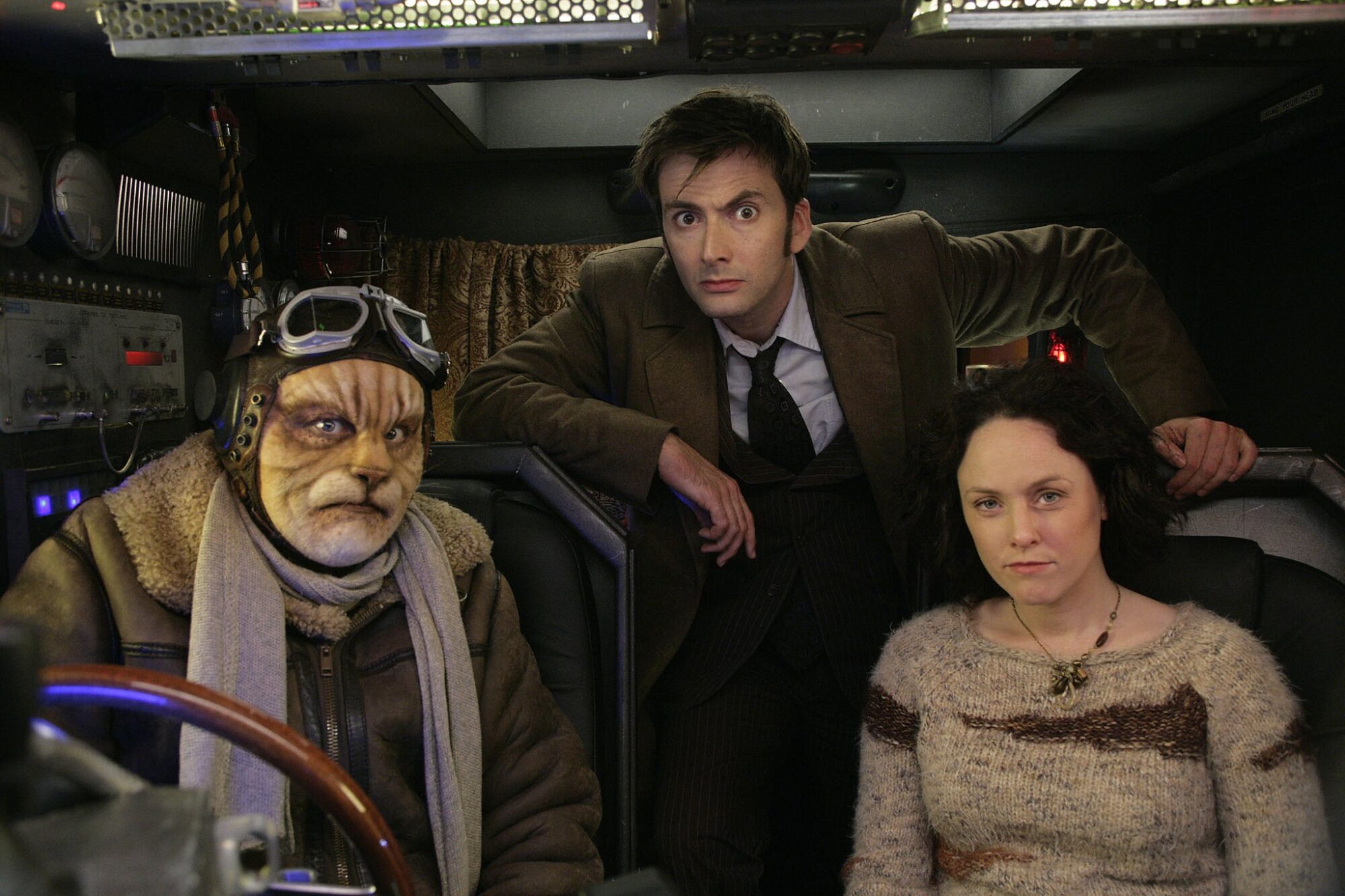
‘Gridlock’ was a fascinating adventure from Russell T Davies, all of it set within a years-long traffic jam in the city of New New York. And in its fume-ridden underbelly, a swarm of Macra were lurking – a race of crab-like monsters which hadn’t been seen since 1967.
Utopia (2007)
In this story, the Doctor finally learnt the truth behind a mysterious prophecy and came face-to-face with a new version of the Master played by Derek Jacobi. ‘Utopia’ also saw the return of Captain Jack Harkness, and paved the way for the Series Three finale.
The Sound of Drums / Last of the Time Lords (2007)
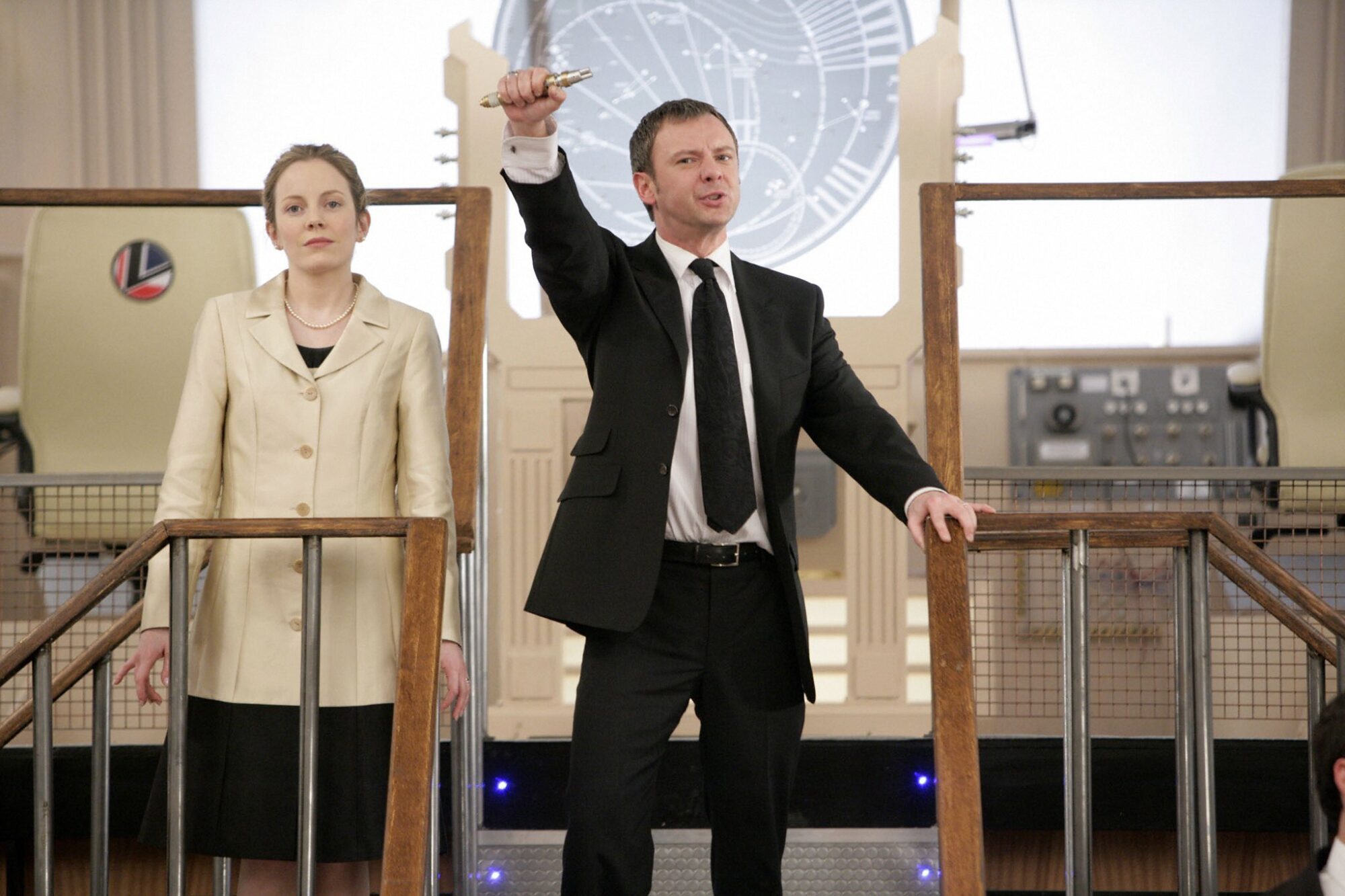
In this adventure, the Master became the prime minister of England, and ‘hypnotised’ everyone into thinking he was wonderful. This two-part story was notable for introducing the Toclafane, who were originally intended to replace the Daleks in Russell T Davies’ first series.
Voyage of the Damned (2007)
‘Voyage of the Damned’ was notable for many reasons. It was the first to feature Bernard Cribbins as Wilfred Mott, and also the first ever television programme to land on BBC iPlayer. The Beeb’s on-demand video service launched on the 25th December 2007, and it chose an excellent story to begin with, as ‘Voyage of the Damned’ also went on to become the highest-rated Doctor Who adventure of the modern era, as well as one of the highest-rated episodes of all time. It also guest starred Kylie Minogue as Astrid Peth.
Partners in Crime (2008)
This was Russell T Davies’ first episode of Series Four and reintroduced Catherine Tate as Donna Noble. It also featured one of the cutest and creepiest monsters in Doctor Who history…
Midnight (2008)
‘Midnight’ was perhaps one of Russell T Davies’ cleverest episodes, set (almost) entirely within a broken down space bus on a diamond planet called Midnight. What could possibly go wrong?
Turn Left (2008)
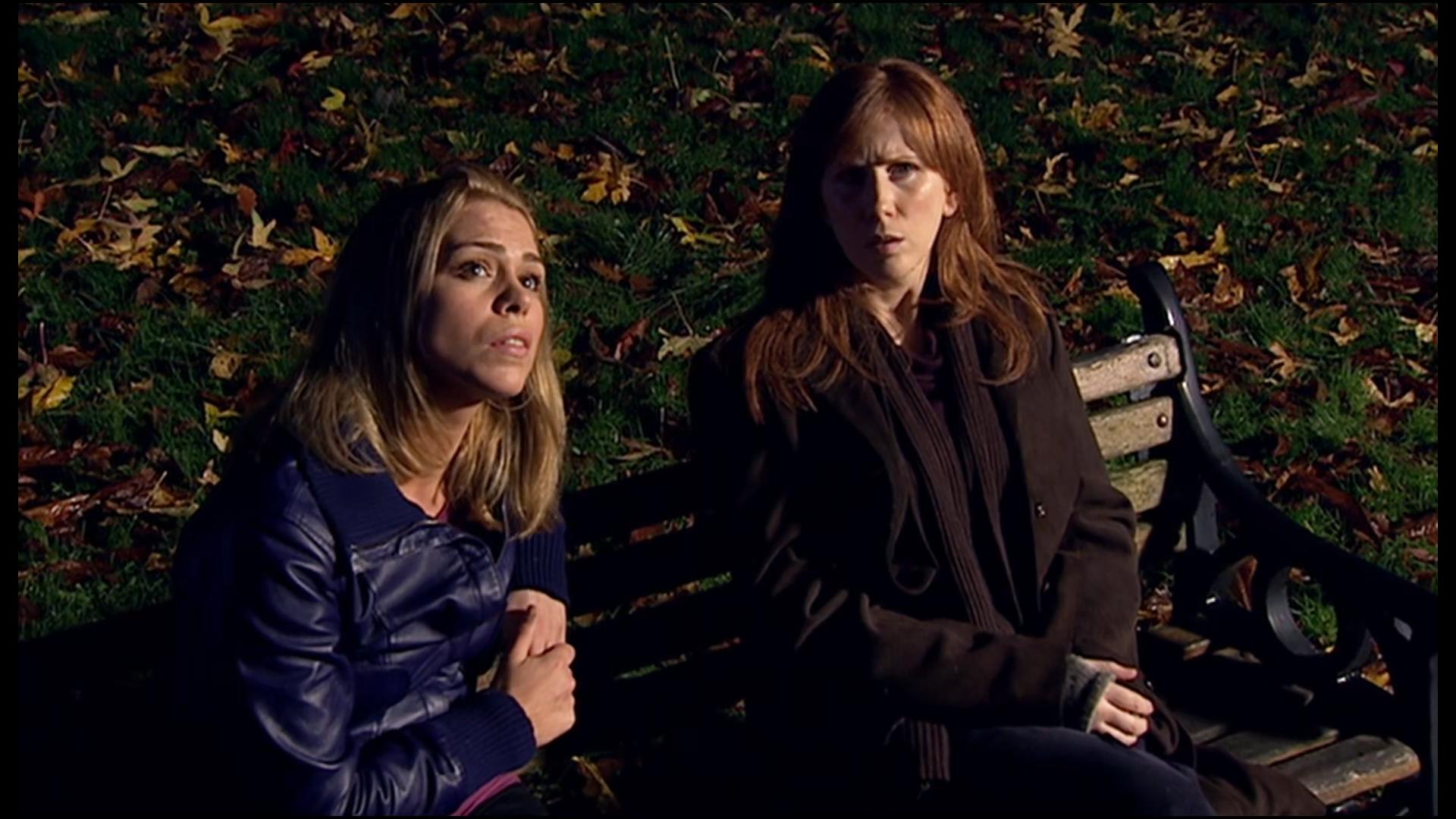
This clever ‘Doctor-lite‘ episode from Russell T Davies portrayed a dystopian world in which people were forced to live in Leeds. It was led by Catherine Tate, and saw the return of Billie Piper as Rose Tyler.
The Stolen Earth / Journey’s End (2008)
A finale to end all finales! This two-part story was the ultimate crossover, combining Doctor Who with Torchwood and The Sarah Jane Adventures, with a surprise regeneration, a Dalek army, Davros, and a paint gun.
The Next Doctor (2008)
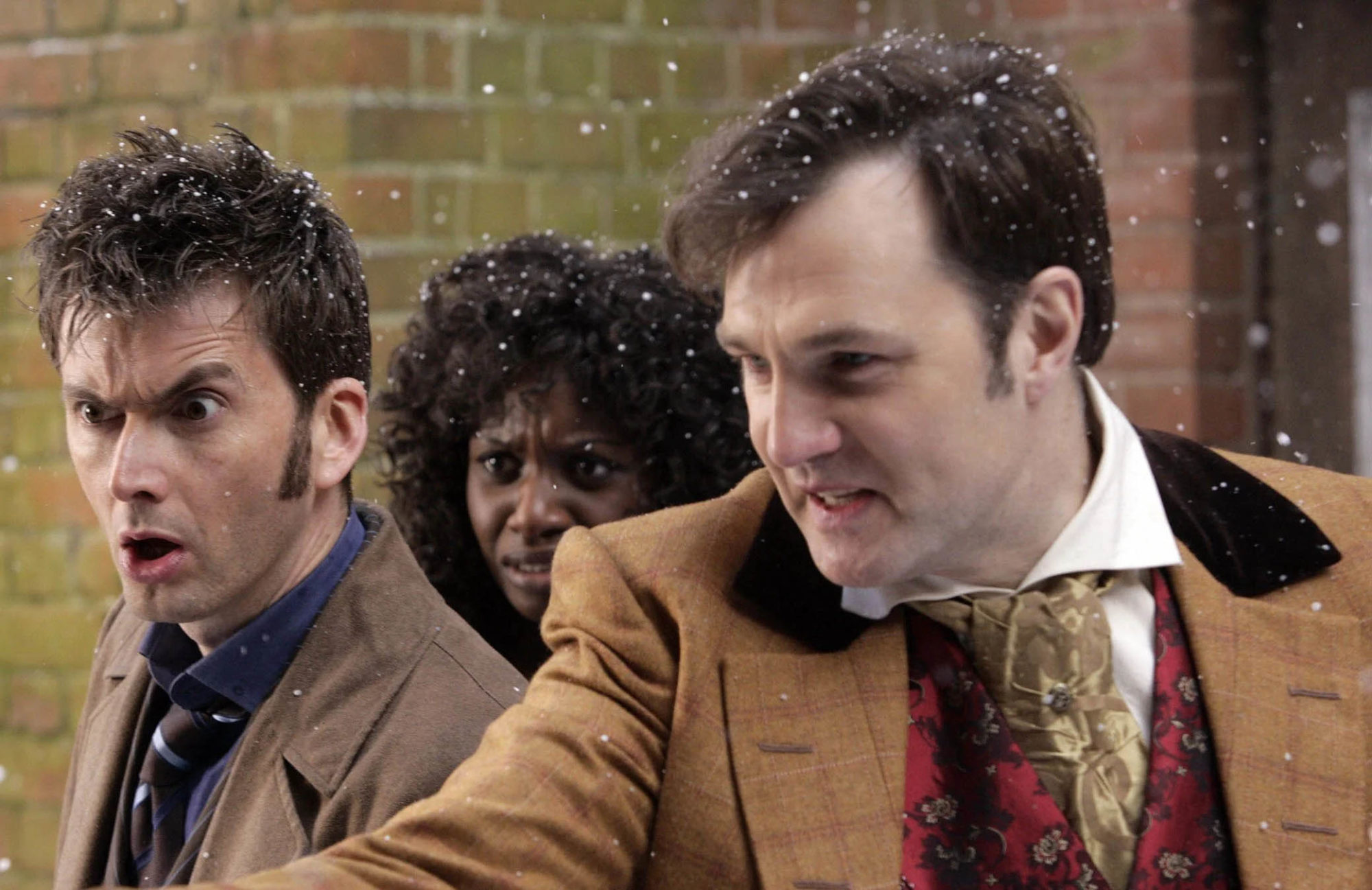
By the time ‘The Next Doctor’ aired in 2008, it had been confirmed that David Tennant was leaving the series, and a new Doctor would soon be announced. This episode, therefore, was something of a tease for the audience. Was guest star David Morrissey really the next incarnation of the eponymous Time Lord? It also saw the return of the Cybermen, this time stalking the streets of Victorian London…
Planet of the Dead (2009)
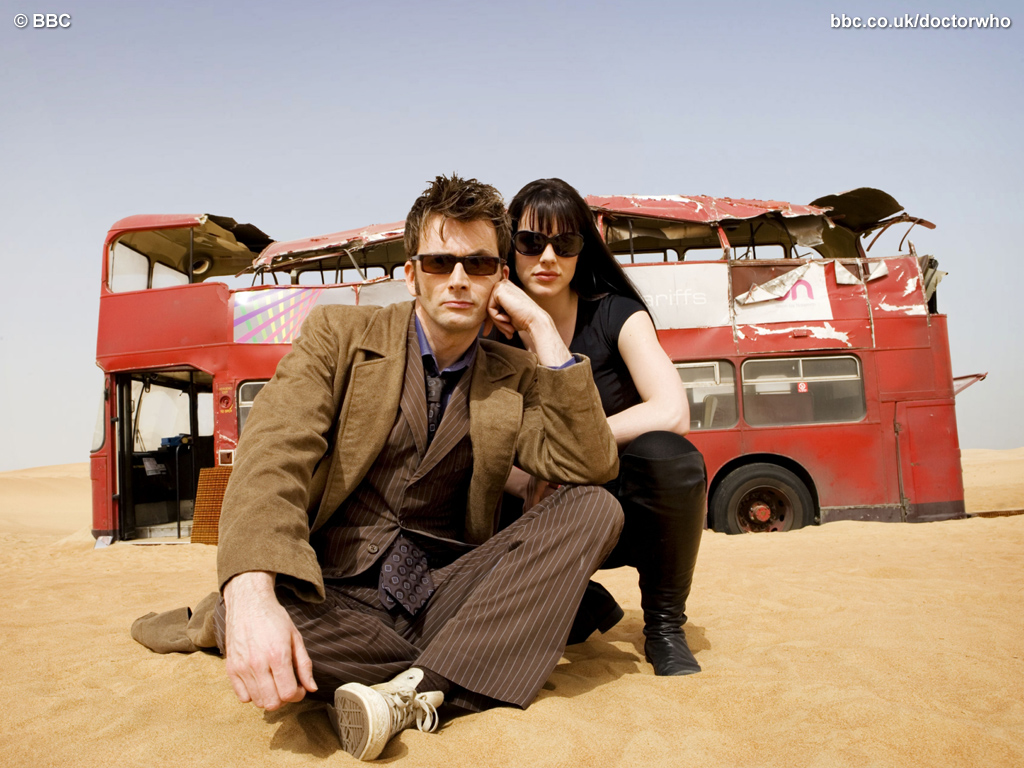
This was one of the few Doctor Who episodes (at least officially) in which Russell T Davies shared the authorship. In this case, the episode was penned with Gareth Roberts, who would go on to write ‘The Lodger, ‘Closing Time’ and ‘The Caretaker.’ It was notable for guest starring Michelle Ryan and Lee Evans, and featured an impressive location shoot on the deserts of Dubai – with a red London bus!
The Waters of Mars (2009)
Co-written with Phil Ford, ‘The Waters of Mars’ marked the beginning of the end of the Tenth Doctor’s reign, and indeed the (first) Russell T Davies era. It was a haunting and dramatic tale guest starring Lindsay Duncan, all set on an isolated Mars base in the year 2059. It was perhaps one of the darkest episodes of the David Tennant era, masterfully directed by series stalwart Graeme Harper.
The End of Time – parts one and two (2009 and 2010)
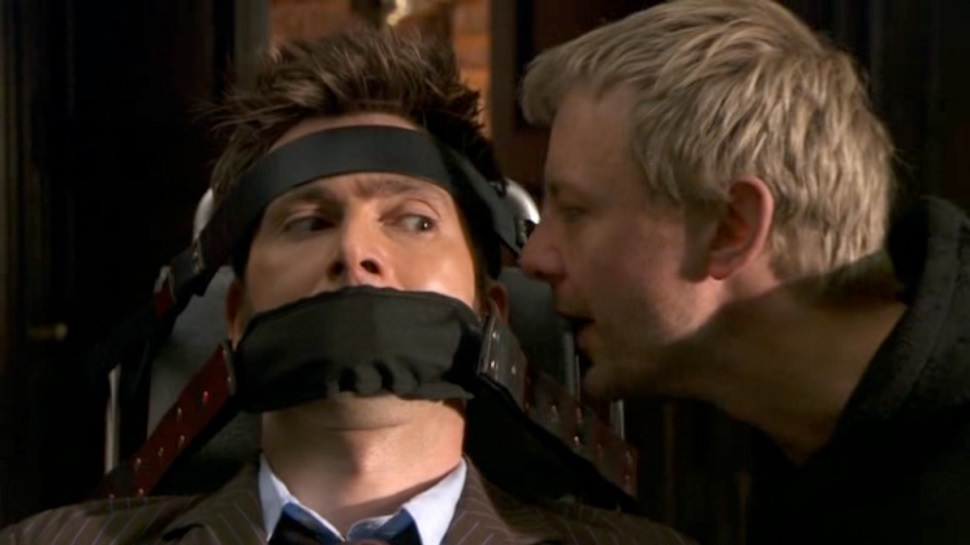
This two-part adventure marked the end of Russell T Davies’ initial tenure on Doctor Who, and David Tennant’s stint as the Tenth Doctor. In the story, John Simm returned as the Master, and Timothy Dalton guest starred as Rassilon, one of Time Lord society’s founding fathers. It featured perhaps one of the most epic regeneration scenes of all time, and of course was Matt Smith’s debut as the Eleventh Doctor.
The Star Beast (2023)
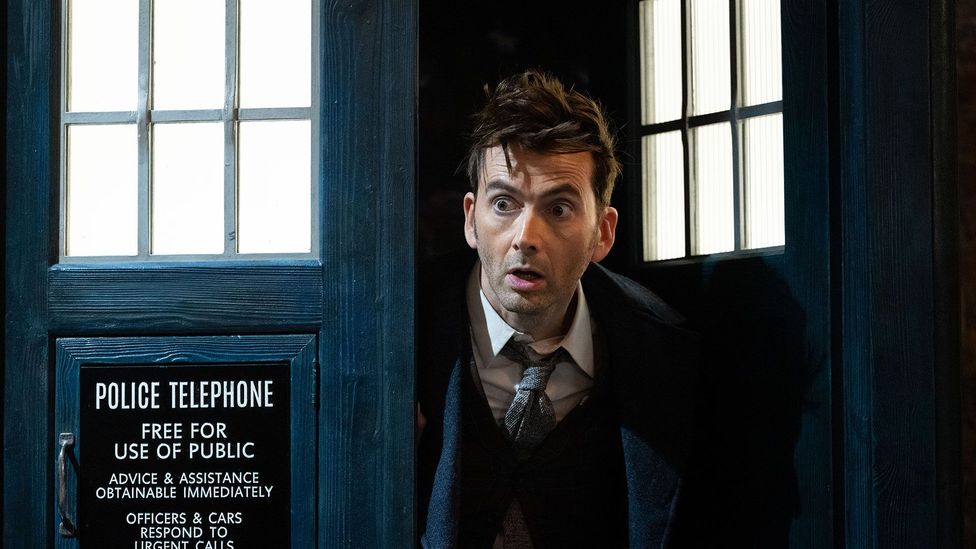
In a shock twist, Russell T Davies returned to the Whoniverse for the 60th anniversary celebrations, writing an adventure which (in another shock twist) starred David Tennant as the Fourteenth Doctor, and Catherine Tate as Donna Noble. Interestingly, ‘The Star Beast’ was adapted from a 1980 comic strip of the same name.
Wild Blue Yonder (2023)
Expectations were high for the mystery-laden ‘Wild Blue Yonder’ which received virtually no advance publicity. It was perhaps one of the scariest to be written by Russell T Davies…
The Giggle (2023)
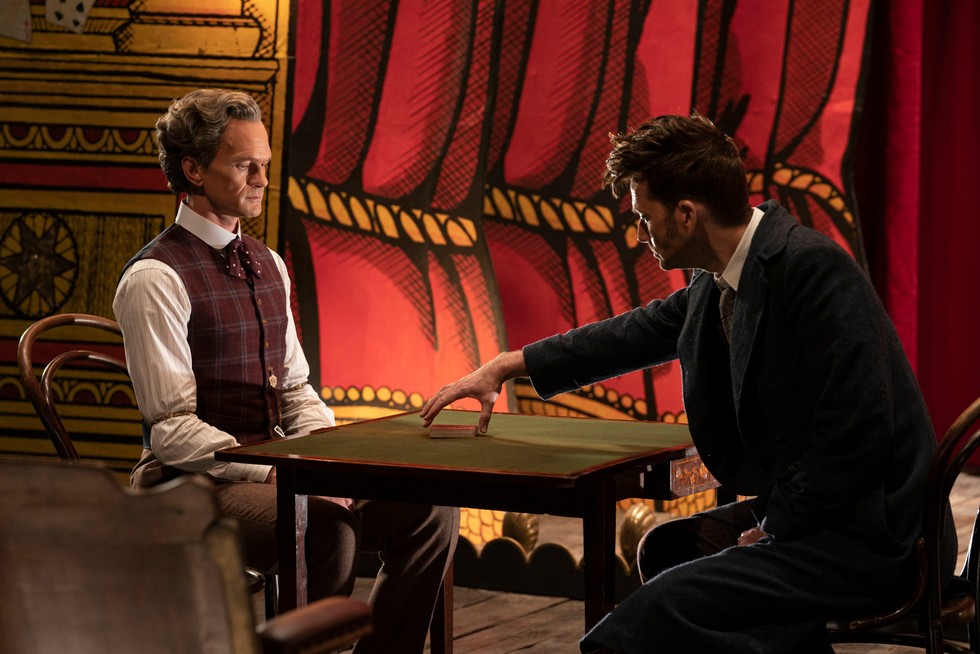
‘The Giggle’ was notable for bringing back the Celestial Toymaker, unseen for some 57 years, as well as Bonnie Langford as 80s companion Mel. This story also wrapped up the 60th anniversary celebrations and featured the debut of Ncuti Gatwa as the Fifteenth Doctor in a surprise ‘bi-generation‘ twist.
The Church on Ruby Road (2023)
This was the first Doctor Who Christmas special since 2017, and the first to be written by Russell T Davies since 2009. It was also the first full adventure for Ncuti Gatwa, and introduced Millie Gibson as the Time Lord’s new companion Ruby Sunday. It will (perhaps) be best remembered for the catchy Goblin Song by Murray Gold, partly performed in the episode by the Doctor and Ruby themselves.
Space Babies (2024)
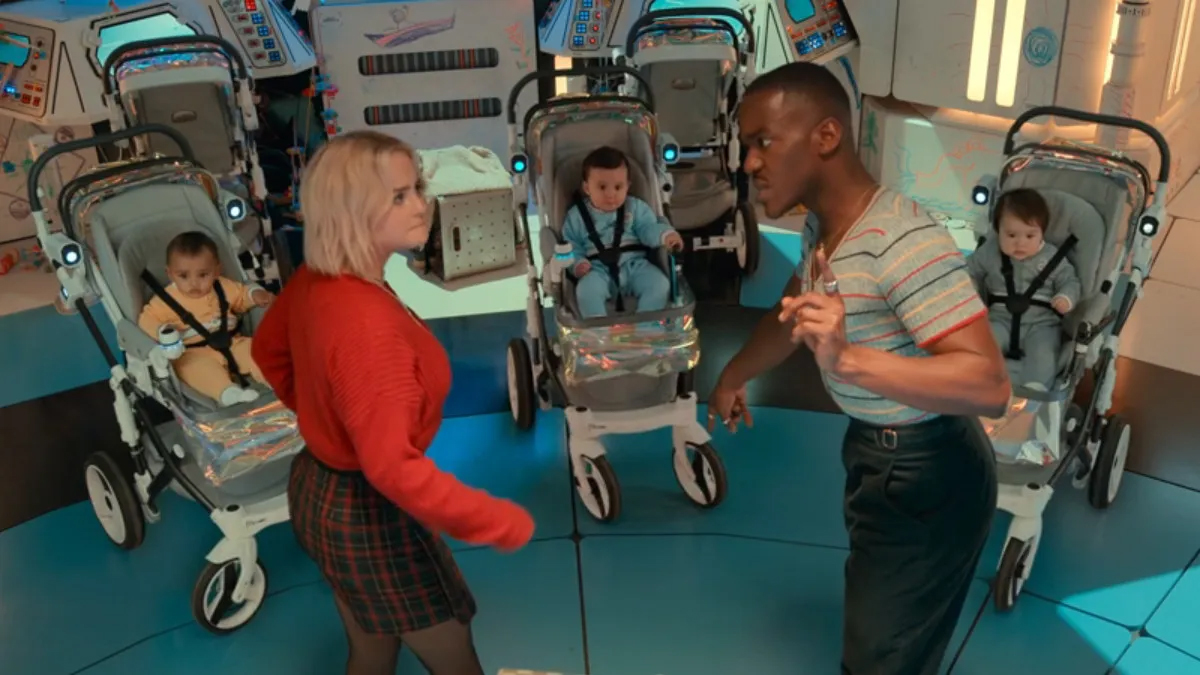
There has never quite been an episode like ‘Space Babies.’ It’s a weird one and, like all weird things, has divided fan opinion. But how to sum it up? There are definite Alien vibes, with a slight hint of the movie studio Pixar. This was the first episode of Ncuti Gatwa’s first season, and was launched in a double bill with ‘The Devil’s Chord.’ It also made its debut on BBC iPlayer and Disney+, making it the first episode of Doctor Who to be made available digitally prior to its transmission. (Legally, that is!)
The Devil’s Chord (2024)
Russell T Davies showed his love for classic Who in this episode, with the TARDIS landing in 1963 – one of the most important years in the Whoniverse, as it’s the year that the series began. There are references to ‘An Unearthly Child,’ Susan, and there’s even a cameo from the classic show’s costume designer June Hudson.
The most interesting (and divisive) element of ‘The Devil’s Chord’ is its breaking of the fourth wall. Of course, Doctor Who has done this a few times before, but this episode went all-out, culminating in a full musical number in the final scene: ‘There’s Always a Twist at the End.’
73 Yards (2024)
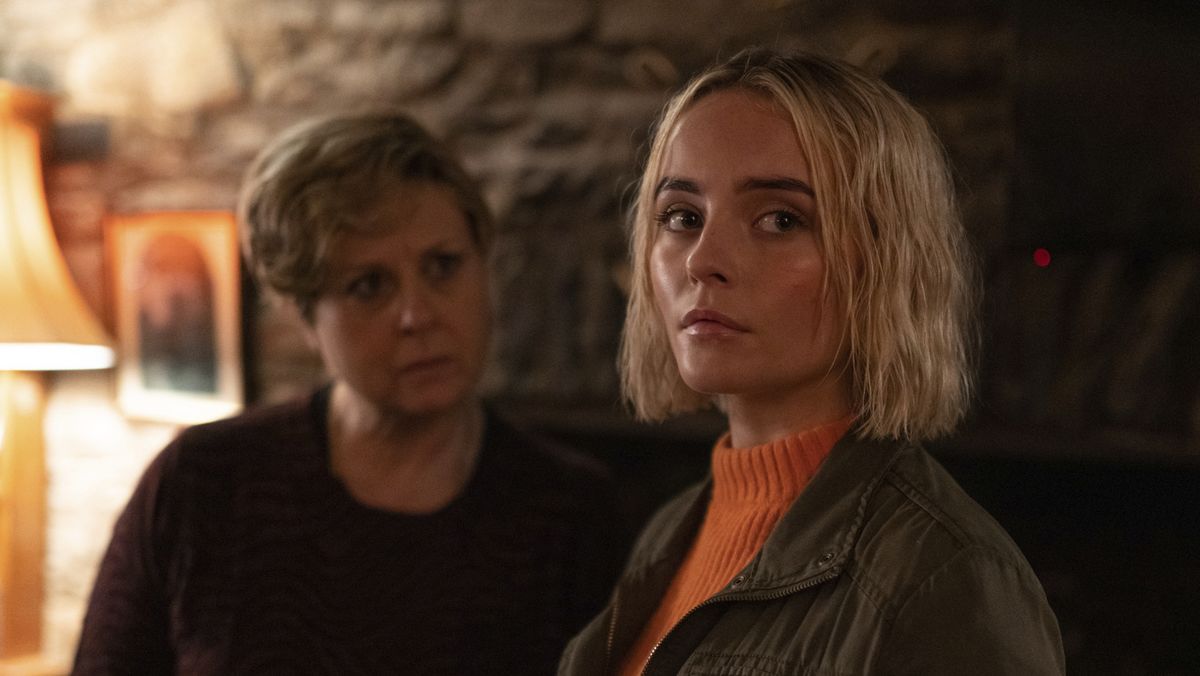
Russell T Davies described this episode as one of the best things he’s ever written, and it was certainly different from many of his other episodes. It was a creepy, Doctor-lite tale which riffed on Welsh folklore and saw Ruby Sunday being stalked by a ‘semper distant’ woman who, when approached, made people run away in horror.
This is arguably one of Russell T Davies’ most chilling stories, and is likely to be talked about for many years to come. Just what was the old woman saying to her ‘victims’? According to Davies, we will never know.
Dot and Bubble (2024)
It was a brave decision by Russell T Davies to follow ’73 Yards’ with another Doctor-lite story, but this Black Mirror-esque tale looked at a seemingly utopian civilisation where people literally lived inside their own social media bubbles (when they weren’t being eaten by slugs, that is.) And the fact that Ncuti Gatwa was absent for most of the episode was due to the fact that he was still filming Sex Education when Series 1 went into production.
But perhaps the most memorable thing about ‘Dot and Bubble’ was its ending, which we won’t spoil here, but we have expanded on it in this post.
The Legend of Ruby Sunday / Empire of Death (2024)
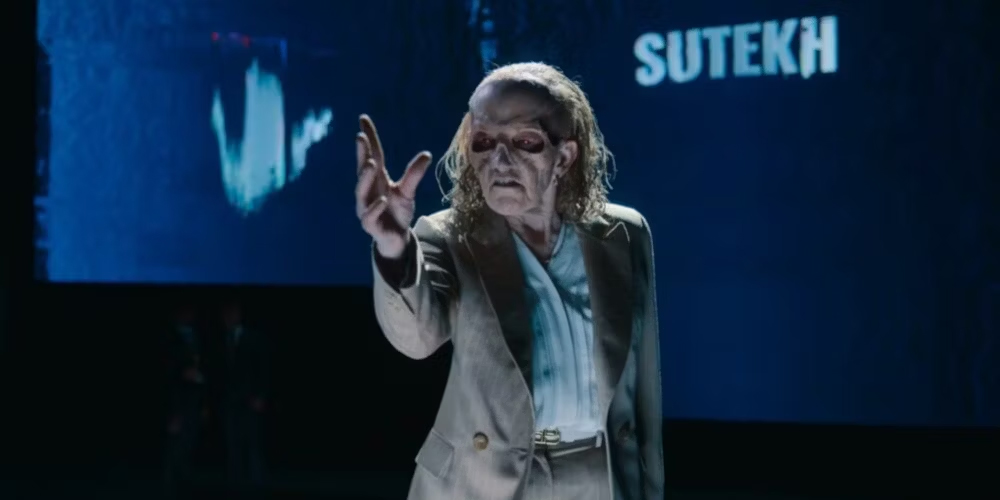
This thrilling (and terrifying) two-part finale saw the return of an old Doctor Who baddie from the Tom Baker era, plus of course the classic series’ companion Mel, played by Bonnie Langford. There were a lot of threads to wrap up in this adventure, and ‘Empire of Death’ finally answered the question about the identity of Ruby’s mother.
These episodes also saw the return of the memory TARDIS, which first featured in the Tales of the TARDIS series on BBC iPlayer.
The Robot Revolution (2025)
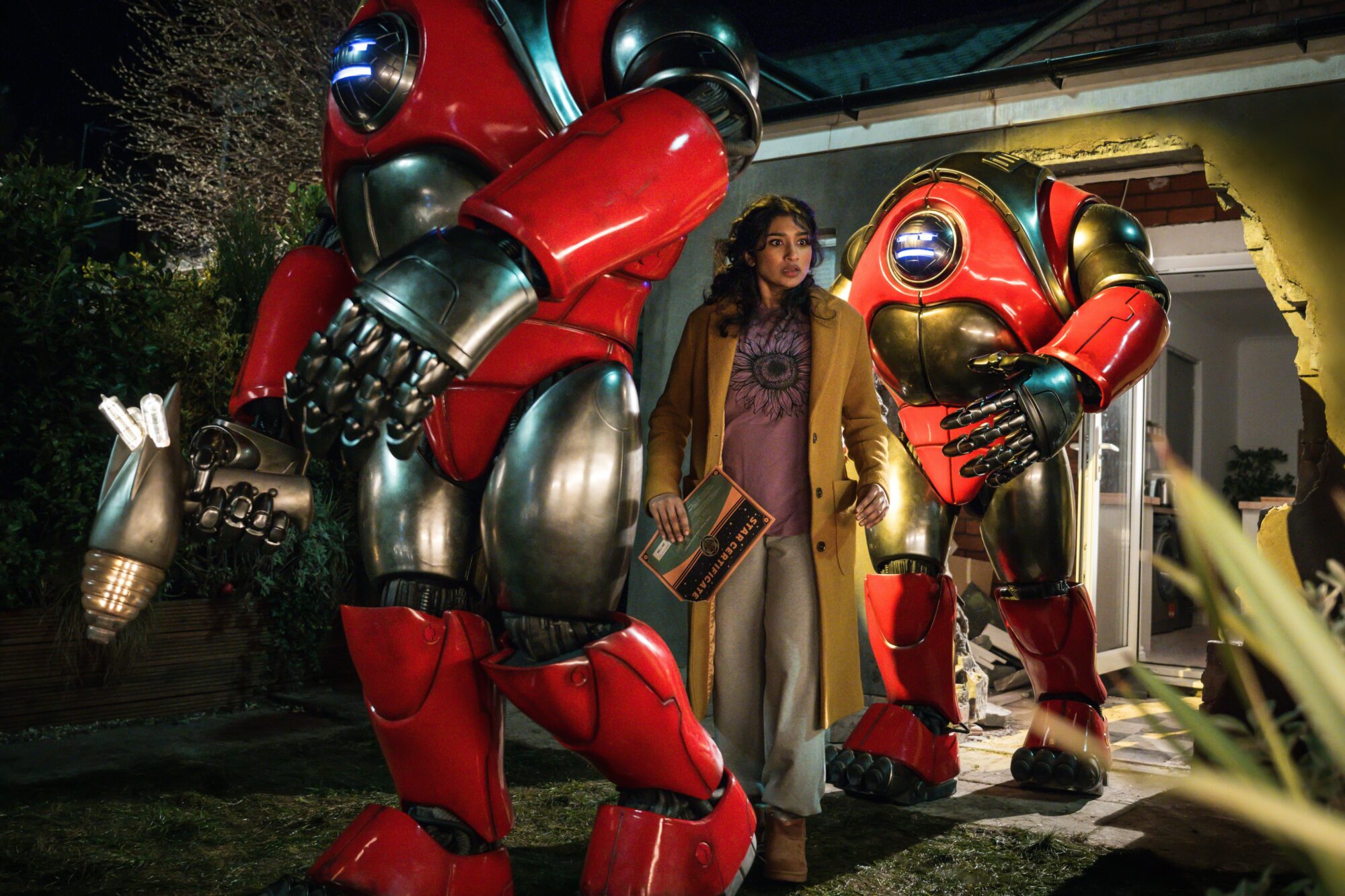
A new series, and a new companion! Ruby left the TARDIS at the end of ‘Empire of Death,’ and in this instalment the Time Lord crosses paths with Belinda Chandra (Varada Sethu) – a hapless nurse who is abducted by curious robots from a star system that has been named after her.
Overall, this is a light-hearted and fun episode, as is typical of many of Russell T Davies’ season openers. It will probably be best remembered for the robots’ distinctive aesthetic, and of course the cute robot vacuum cleaner that gives Gadget from ‘The Waters of Mars’ a run for his money.
Interestingly, this was a new kind of companion introduction, with Belinda being one of the few Doctor Who companions to join the TARDIS unwillingly. All she wants is to get home but, mysteriously, the TARDIS can’t reach her time zone…
Lux (2025)
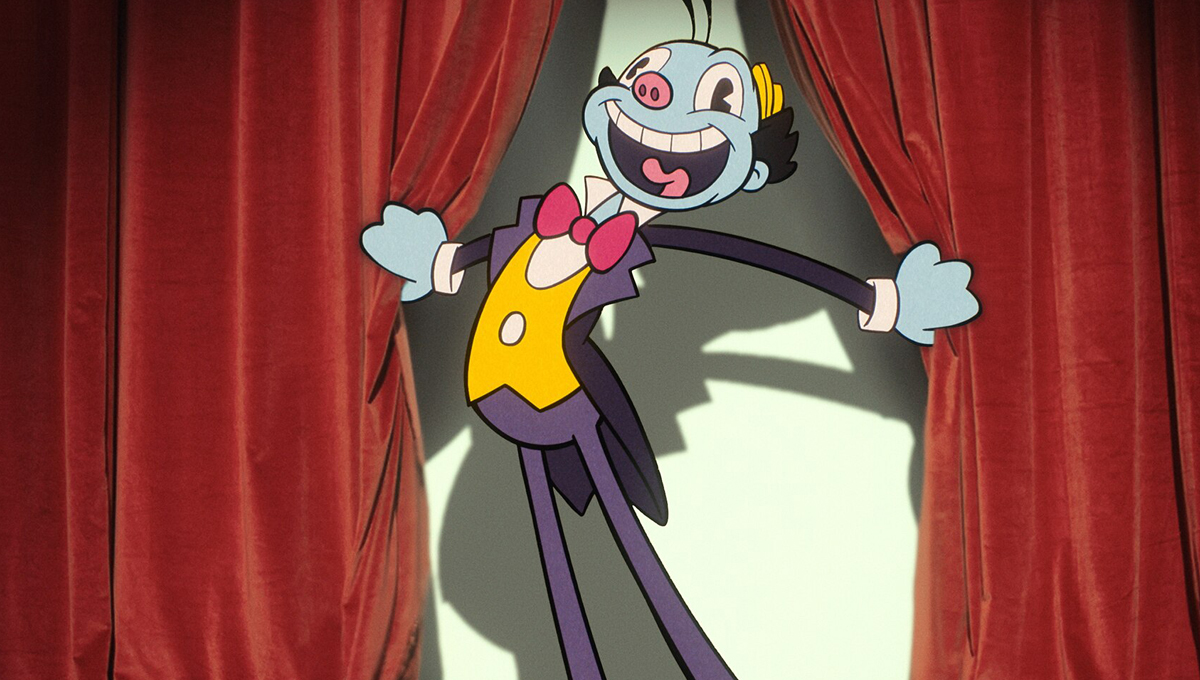
‘Lux’ introduced one of the most popular and memorable new villains in the form of Mr Ring-a-Ding – an evil cartoon with the power to step out of the cinema screen and feast on its unfortunate viewers, wonderfully voiced by Alan Cumming.
And in ‘Lux,’ Russell T Davies proved he was nothing if not thought-provoking by including a controversial scene where the Doctor and Belinda smashed through the TV screen and stepped straight into the living room of watching Doctor Who fans, who were in the midst of devouring his latest adventure. Basically, all of your Target books and Doctor Who DVDs are now canon, as is the Lovarzi scarf. All we need now is an episode about this blog.
In terms of the production, ‘Lux’ was no mean feat for Russell T Davies and the Doctor Who crew. A wind-and-rain-swept Penarth had to double for 1950s Miami, and this proved quite a challenge amid the grey skies and horizontal rain, but the results were impressive.
The Well (2025)
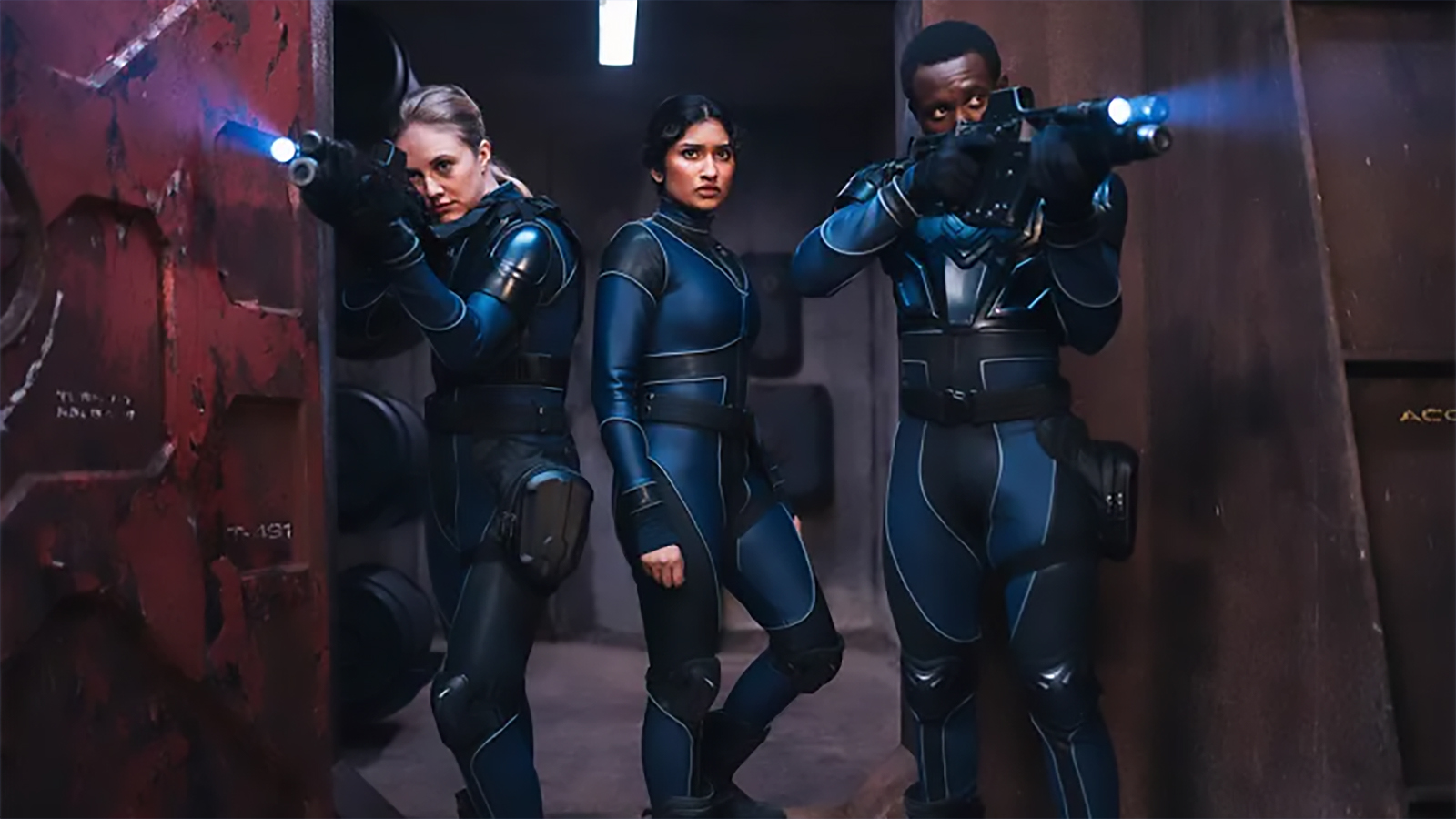
Russell T Davies’ third episode of the series took everyone by surprise as an unexpected sequel to ‘Midnight,’ co-written with Sharma Angel-Walfall. The Doctor returns to the famous planet that he had last frequented in 2008, but many thousands of years have passed, and the world has become blackened and barren.
But the unseen monster still lurks, and it’s more vicious than ever. ‘The Well’ proved to be a simple but chilling entry to the Doctor Who canon, similar in tone to ‘The Impossible Planet’ and the aforementioned ‘Midnight.’ There was even an opportunity to glimpse the mysterious creature, for those willing to watch the episode in slow motion…
Wish World / The Reality War (2025)
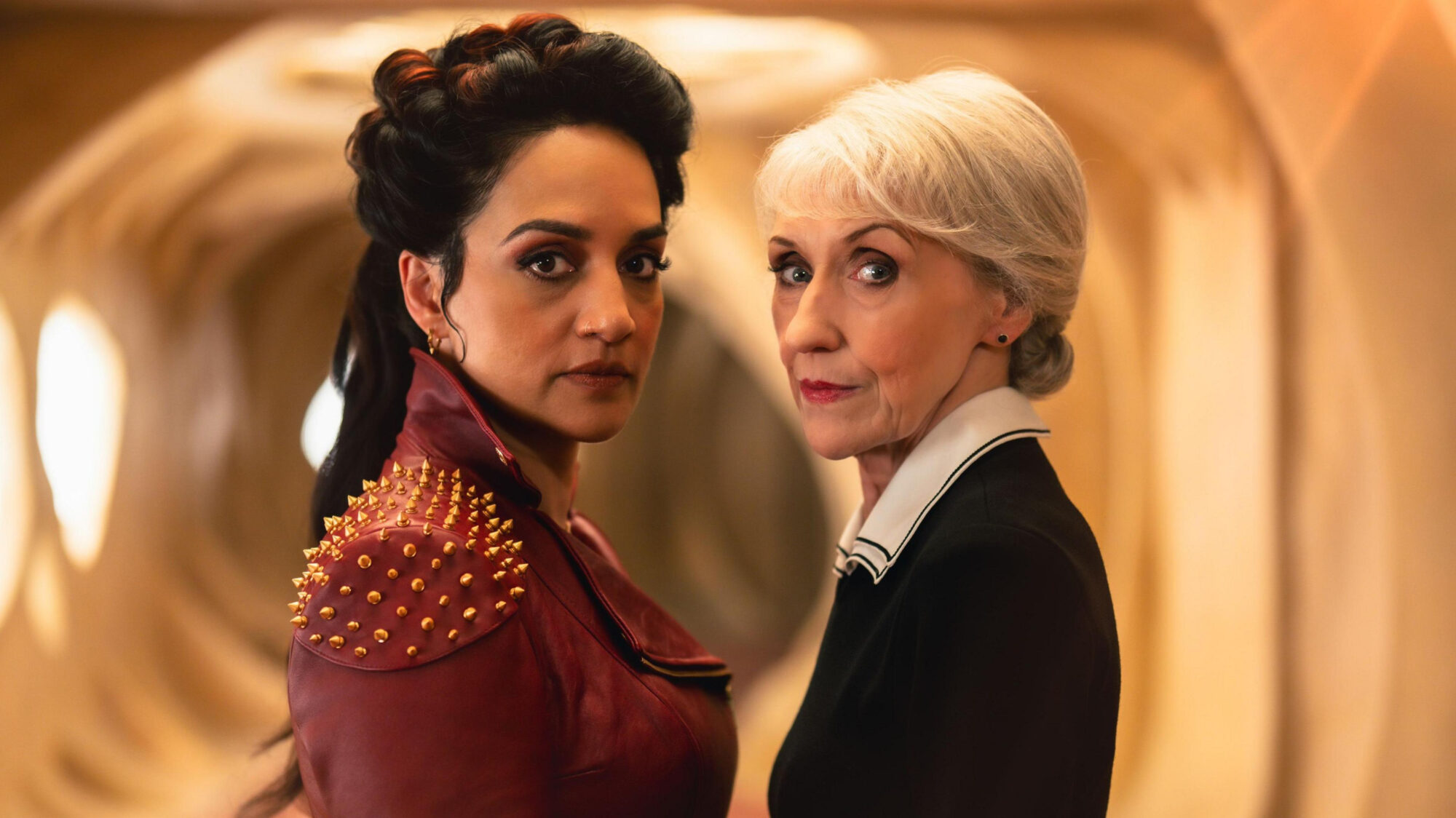
The two part finale ‘Wish World’ and ‘The Reality War’ brings us up to date with Russell T Davies’ Doctor Who episodes. And this finale was certainly epic, with the eponymous Time Lord fighting off everything but the kitchen sink. First, he has to contend with a bizarre Truman Show-style reality in which he is married to Belinda, with a child, and is working at a creepingly ‘utopian’ version of UNIT.
And then there is the Rani – two of them, in fact. It turns out that this strange new world is all part of her bigger plan; she has joined forces with the stereotypical toxic male-cum-elitist-cum-social media influencer, who has reconstructed reality according to his own design. The Rani wants the Doctor to question this alternate reality and break the world apart, freeing the renegade Time Lord Omega from the underverse below. Phew.
In many ways, this was a unique finale from Russell T Davies. It ended with the Fifteenth Doctor’s regeneration into Billie Piper, marking the first time in the series’ history that an incumbent Doctor had left without a prior announcement. Even more mysteriously, Billie Piper wasn’t officially announced as the new Doctor, so it wasn’t entirely clear who she was. Plus, when the episode aired, there had been no official word from the BBC as to whether there would be another series of Doctor Who and, if so, when it would air, leading some fans to fear that a second ‘wilderness years’ was on the way.
So there we are – a complete rundown of every Russell T Davies Doctor Who episode to date. Which one is your favourite? And what do you enjoy most about his writing? Let us know in the comments below.








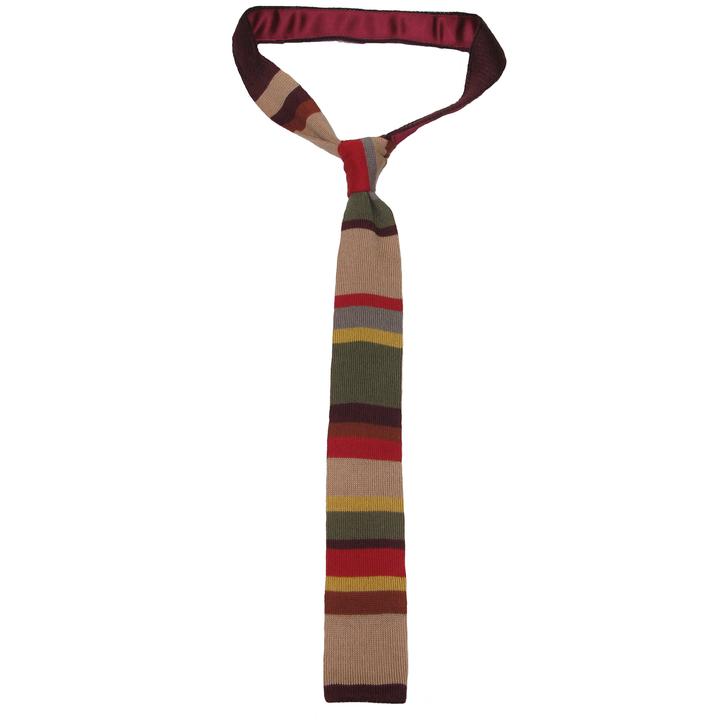
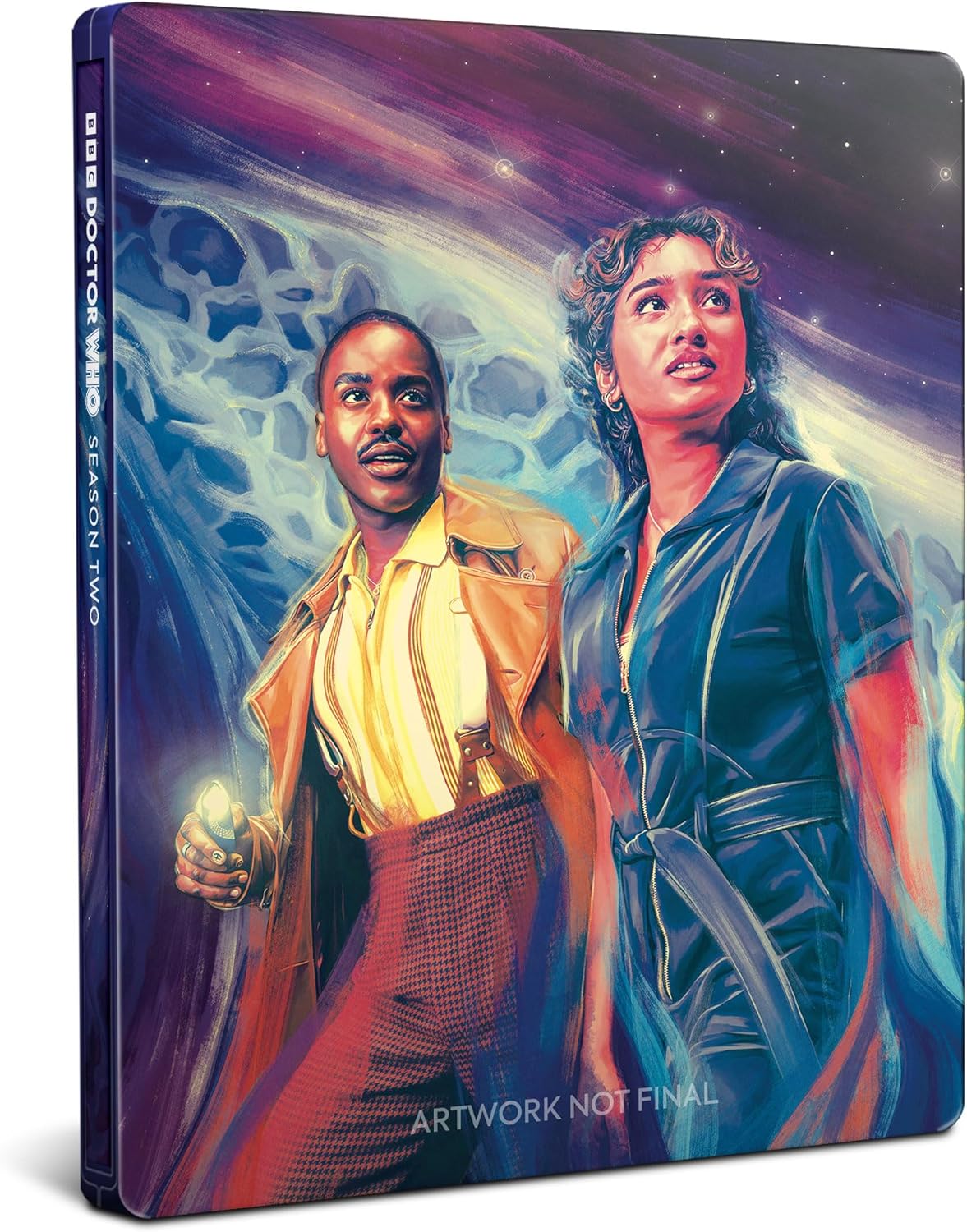
Leave a Reply